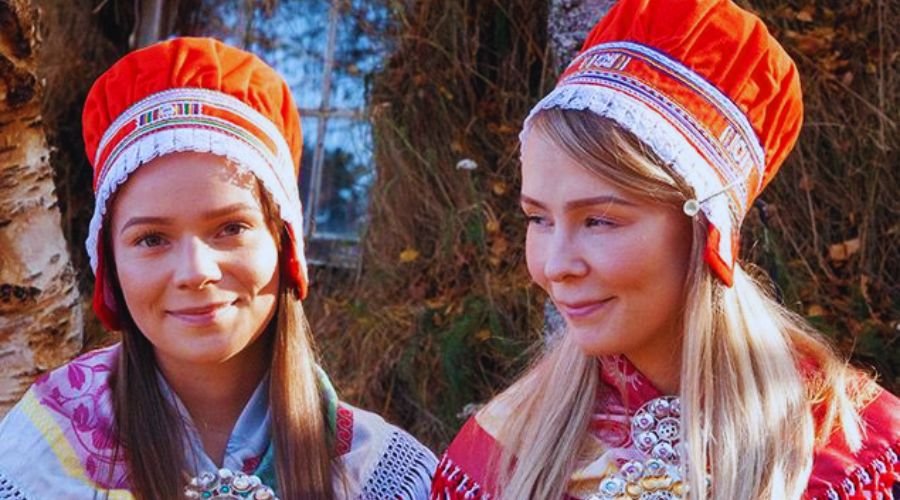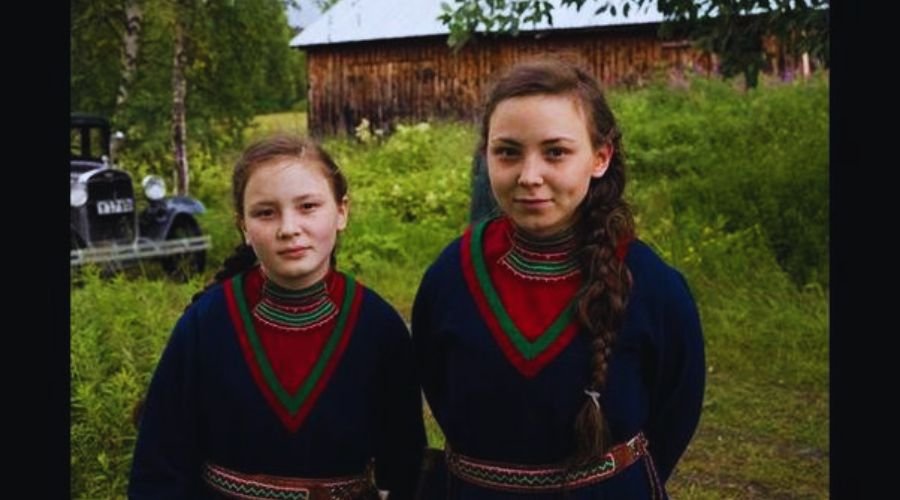The Sami People Eyes, indigenous to Northern Europe, are renowned for their rich cultural heritage, deep connection to nature, and unique physical traits. Among these, their eyes stand out as a fascinating feature, often characterized by distinctive colors and patterns. These traits not only make the Sami people visually unique but also symbolize their deep ties to the Arctic landscape. In this article, we’ll explore the significance of the Sami people eyes, delving into their genetic origins, cultural interpretations, and adaptations to life in the Arctic.
Who Are the Sami People?
The Sami people are an indigenous ethnic group native to the Arctic regions of Norway, Sweden, Finland, and Russia’s Kola Peninsula. With a history spanning thousands of years, they are among the oldest surviving indigenous cultures in Europe.
Cultural and Linguistic Diversity
The Sami are known for their unique languages, which belong to the Finno-Ugric family, and their traditional livelihoods, such as reindeer herding, fishing, and crafting. Despite their cultural diversity, they share a profound connection to their natural environment, which has shaped their physical and genetic traits over generations.
The Genetics Behind Sami People Eyes

The distinctive features of the Sami people eyes are deeply rooted in their genetic heritage. Unlike other populations in Europe, the Sami display unique eye colors, iris patterns, and sensitivities tailored to their Arctic environment.
Eye Color and Patterns
Most Sami individuals have blue, grey, or green eyes, with varying degrees of intensity. The intricate iris patterns found in many Sami people are thought to be a result of genetic diversity and adaptations to the harsh Arctic climate.
Sensitivity to Light
Living in a region where winters are long and dark while summers have endless daylight, the Sami people have developed heightened sensitivity to light. Their eyes are particularly adapted to low-light conditions, enabling them to navigate during the perpetual darkness of Arctic winters.
Read Also: Ultimate Guide to Guia Silent Hill Geekzilla
Cultural Significance of Eyes in Sami Folklore
In Sami mythology, eyes hold significant symbolic value. They are often associated with wisdom, intuition, and the ability to see beyond the physical realm.
Sami Beliefs About Eye Traits
Traditional Sami beliefs highlight the connection between eye color and an individual’s spiritual abilities. For instance, individuals with lighter eyes were sometimes thought to possess a stronger connection to the spirit world.
Sami People Eyes and Modern Science
Modern genetic research has provided valuable insights into the unique traits of the Sami people, including their eye characteristics. Studies have shown connections between Sami genetics and other indigenous Arctic groups, offering a fascinating glimpse into human adaptation.
Eye Health and Challenges
The Sami people, like other Arctic populations, face specific eye health challenges due to their environment. Conditions such as snow blindness and prolonged UV exposure are more common in these regions, highlighting the importance of their natural adaptations.
Sami People Eyes in Art and Media
The eyes of the Sami people have often been a focal point in art, photography, and media. Their distinctive appearance and cultural depth inspire many creative representations, showcasing the Sami as a symbol of resilience and beauty.
The Role of Environment in Shaping Eye Traits

The Arctic environment has played a pivotal role in shaping the Sami people’s eye traits.
Adaptations to Snow and Light Reflection
The constant reflection of sunlight off snow and ice poses unique challenges to vision. The Sami people eyes exhibit natural protective mechanisms against UV exposure, allowing them to thrive in such an environment.
Understanding Sami People Through Their Eyes
The eyes of the Sami people are more than just a physical trait—they are a window into their history, culture, and resilience. Each iris reflects a story of survival and adaptation in one of the world’s harshest environments.
Read Also: Facings and Skirtings: Add Character to Your Walls
Conclusion
The Sami people eyes are not only a captivating feature but also a testament to their rich cultural identity and incredible adaptation to Arctic life. By studying their unique traits, we gain a deeper appreciation for the resilience and beauty of indigenous cultures.
FAQs
1. What is unique about the Sami people eyes?
The Sami people eyes are often characterized by light colors like blue and green, intricate iris patterns, and heightened sensitivity to light.
2. How have the Sami people adapted their vision to Arctic conditions?
Their eyes are naturally suited to low-light environments and have protective mechanisms against snow glare and UV reflection.
3. Do all Sami people have the same eye color?
No, there is variation in eye color among the Sami, with blue, grey, and green being most common.
4. What role do eyes play in Sami culture?
In Sami folklore, eyes are symbolic of wisdom and spiritual connection, often featuring prominently in their myths and stories.
5. How does modern science study the Sami people eyes?
Researchers explore the genetic and environmental factors influencing their eye traits, comparing them to other indigenous Arctic populations.












